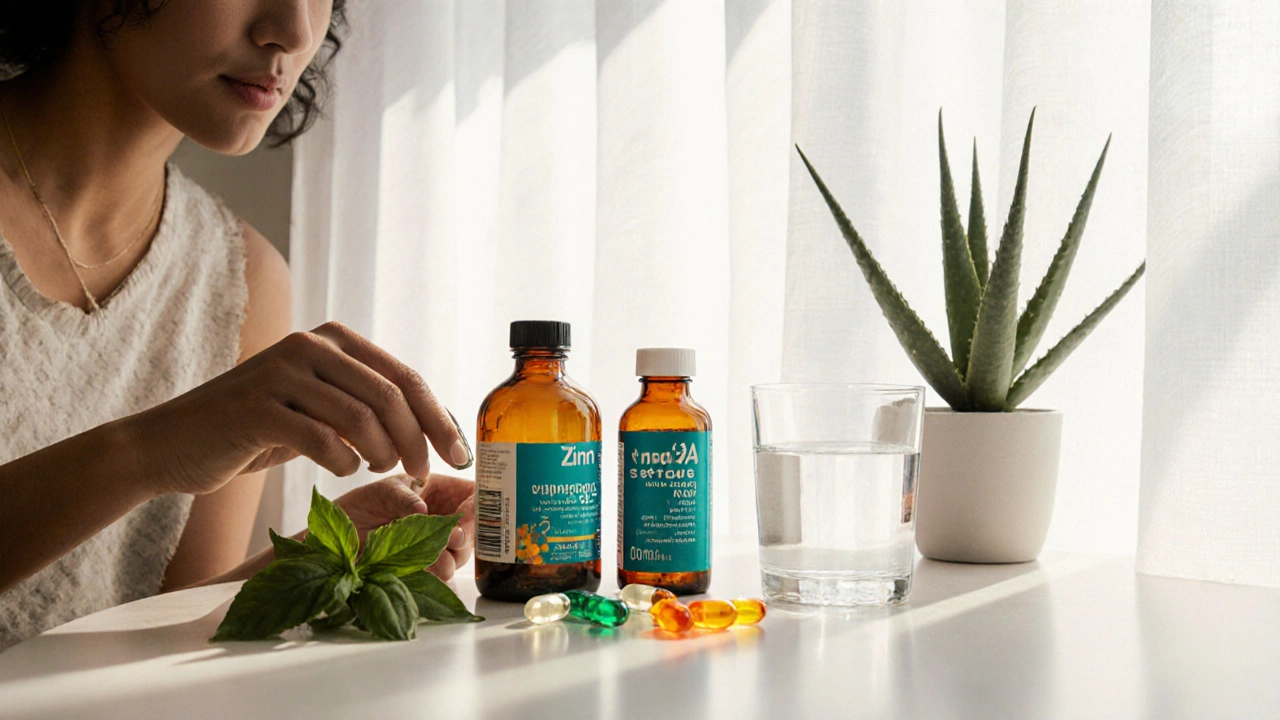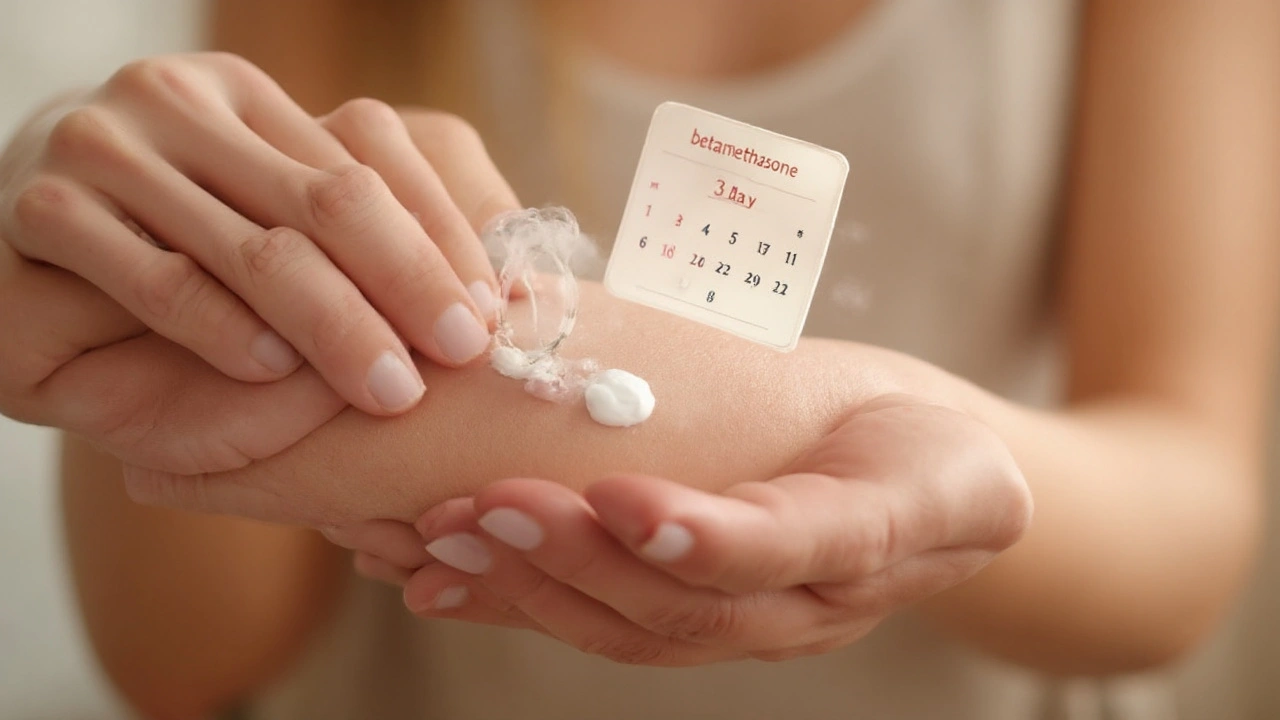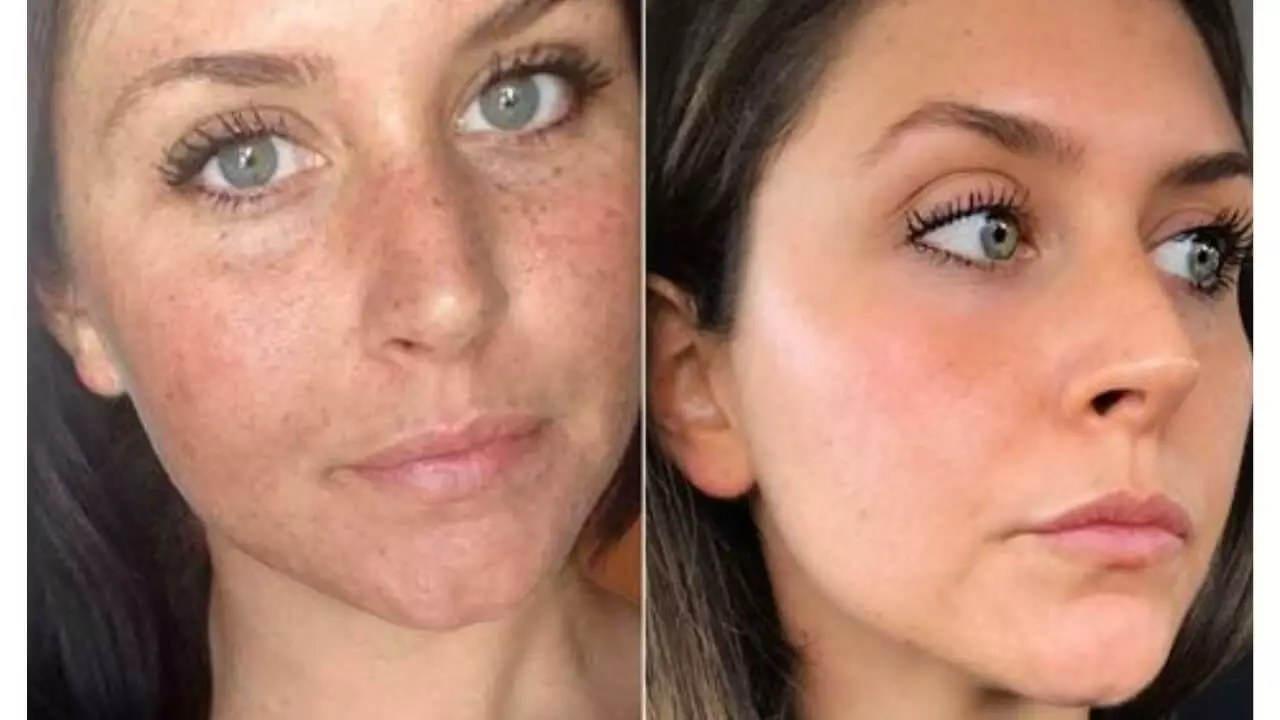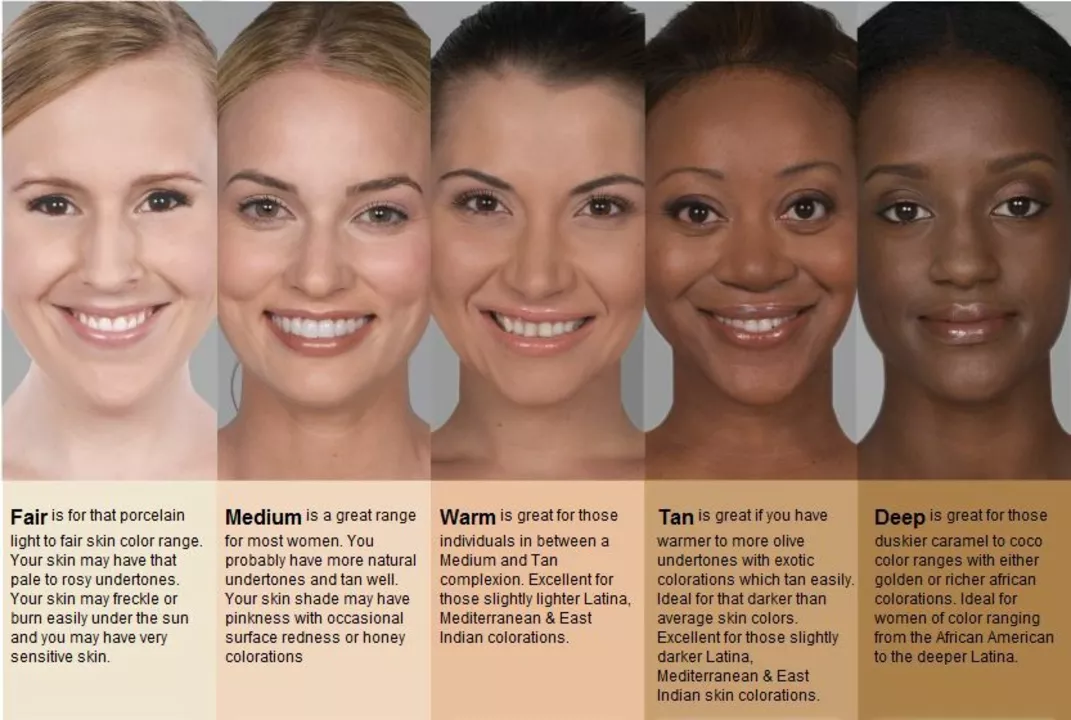Top Vitamins & Supplements for Clear, Acne‑Free Skin
Discover the most effective vitamins and supplements for acne‑free skin, learn how they work, and get a safe daily routine to achieve clear, healthy complexion.
Skin Care is confusing. Products promise miracles, but what really helps your skin and what can hurt it? This page breaks down practical steps, common treatments, and warning signs you shouldn't ignore.
Start with the basics. Cleanse gently twice a day with a mild, fragrance-free cleanser. Over-washing strips natural oils and often makes dry or oily skin worse. Use lukewarm water, pat your skin dry, and apply a non-comedogenic moisturizer while skin is slightly damp. If you have acne-prone skin, pick oil-free formulas and avoid heavy creams that clog pores.
Sun protection matters more than most people realize. Daily sunscreen with at least SPF 30 reduces uneven tone, prevents wrinkles, and lowers skin cancer risk. Apply broadly to face and neck every morning, reapply after sweating or swimming, and use a physical hat when you can. Tinted sunscreens help even tone and work well under makeup.
Topical steroids like betamethasone and triamcinolone are common in dermatology. They calm inflammation fast, so they can feel like a miracle for flare-ups such as eczema. But strong steroids used too long can thin skin, increase oil production, and sometimes worsen acne. Use them exactly as your doctor tells you and discuss safer long-term options if you need ongoing care.
Active treatments for acne vary by severity. For mild cases, try benzoyl peroxide or topical retinoids to reduce bacteria and unclog pores. If you have persistent moderate to severe acne, a dermatologist may recommend oral antibiotics, hormonal therapy, or isotretinoin. Don’t mix strong topical steroids with acne-focused treatments without advice — combinations can cause irritation or counteract benefits.
Watch for warning signs. If a topical medicine causes persistent burning, spreading redness, or skin thinning, stop and call your provider. Sudden new spots, rapid changes in a mole, or wounds that don’t heal need prompt attention. For chronic issues like atopic dermatitis, ask about steroid-sparing therapies such as calcineurin inhibitors or newer biologic options.
Simple habits improve results. Sleep more, cut back on sugar and processed foods, and drink water. Avoid picking at spots — that increases scarring risk. Patch-test new products on a small area before applying them to your whole face.
Where to start if you’re overwhelmed? Pick three changes: gentle cleanser, daily sunscreen, and a non-comedogenic moisturizer. Add a targeted treatment like benzoyl peroxide or a low-strength steroid only after a proper diagnosis. Book a dermatologist consult if home care doesn’t help after eight to twelve weeks.
Explore our skin care posts for specific topics like steroids and acne, triamcinolone for eczema, and links between wrinkles and skin tone. If you want practical guidance, we explain treatments and side effects in plain language so you can make safer choices.
Look for products labeled non-comedogenic, fragrance-free, and suitable for sensitive skin. For acne, start with benzoyl peroxide 2.5% or adapalene at night. For eczema flares, use low-potency steroid short-term and follow with emollients. If you’re unsure, show product labels to your clinician — they can point out ingredients to avoid. Ask during visits.

Discover the most effective vitamins and supplements for acne‑free skin, learn how they work, and get a safe daily routine to achieve clear, healthy complexion.

Learn the typical time frame for betamethasone to start easing eczema, psoriasis, dermatitis and other skin problems, plus factors that speed or slow its action.

As a blogger who's always curious about skincare, I recently came across the topic of Betamethasone and its effects on acne. After some research, I found that Betamethasone is a potent corticosteroid that can help reduce inflammation and redness. However, it's important to note that it's not specifically designed for acne and should be used with caution. In some cases, it might even make acne worse by increasing oil production or causing skin thinning. So, if you're considering Betamethasone for your acne, it's best to consult with a dermatologist first to ensure it's the right treatment for you.
I recently came across a treatment review on Triamcinolone for Atopic Dermatitis, and I wanted to share my findings with you all. Triamcinolone is a topical corticosteroid that has proven to be quite effective in reducing inflammation and itching caused by atopic dermatitis. Many patients have reported positive results with this treatment, experiencing relief from their symptoms. However, it's essential to use Triamcinolone under the guidance of a healthcare professional to avoid potential side effects, such as skin thinning and irritation. Overall, Triamcinolone seems to be a promising option for those suffering from atopic dermatitis, but consultation with a doctor is crucial before starting any new treatment.

In my latest blog post, I explored the connection between wrinkles and skin tone, and how to maintain an even complexion. I discovered that factors such as sun exposure, genetics, and lifestyle habits can contribute to uneven skin tone and wrinkles. To combat this, I recommend incorporating a daily skincare routine with sun protection, gentle exfoliation, and nourishing ingredients. Additionally, staying hydrated and maintaining a healthy lifestyle can also have a significant impact on our skin's appearance. So, join me as we dive deeper into the secrets behind achieving a flawless complexion!